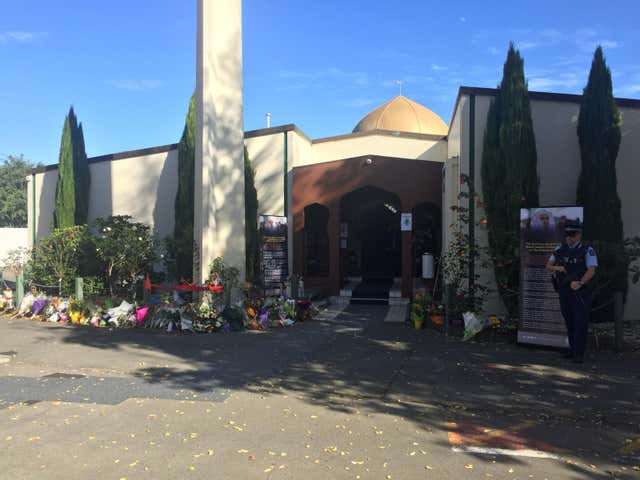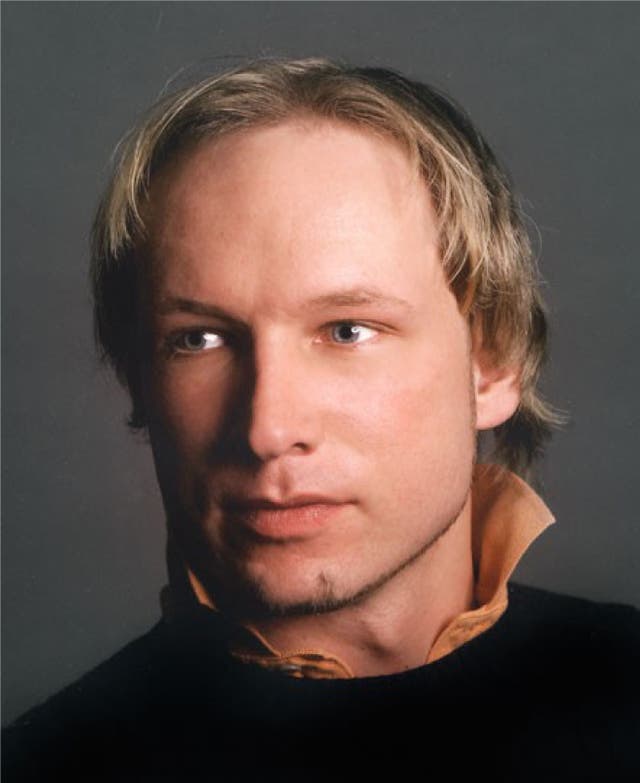
Ian Payne 4am - 7am
19 May 2022, 15:24

UK experts have voiced concern over the impact of lockdown online radicalisation after the latest mass shooting
Fears of a surge in post-pandemic far right attacks have been raised amid a “scramble” on the dark web over the Buffalo mass shooting.
Payton Gendron, 18, was allegedly radicalised online during the Covid lockdown and then posted details of his plans before launching an attack last Saturday.
He live-streamed video as he killed 10 people at a supermarket in the heart of a predominantly black community in New York State and also posted a “manifesto”, it is claimed.
The live link to the atrocity was cut by moderators of gaming platform Twitch within just two minutes and other platforms declared a “content incident protocol” to remove terrorist content quickly.

But on dark web image boards and chat rooms only accessible on the Tor browser, users scrambled to collate anything they could find, according to UK-based experts.
Professor Matthew Feldman, who has consulted on dozens on far-right criminal trials in Britain, told PA news agency: “It’s a pretty obvious thing: people spend more time online during lockdowns in Covid, then more people were radicalised. That seems to be a natural conclusion to reach.
“More people, more time online, more radicalisation. And until the platforms start properly investing in fixing this scourge, more innocent deaths.”
Extremism researcher Dr Bethan Johnson, from Cambridge, said: “This scenario is exactly what I was afraid would happen when lockdown ended.
“We thought people were going to enter lockdown having access to these chat rooms and channels, get radicalised and when society opened up they would do this.
“We were all afraid this would happen and now it is happening and it’s unfortunately likely it will happen over and over again.”
On the Buffalo attacker, Dr Johnson said: “He says he did not decide until January this year that he was actually going to be violent. So there was a point where he was maybe radicalised but not violent and nobody intervened.”

Karina Weitzer is director of London-based tech start-up Sulis Insights, which builds a range of digital research and analysis tools, including a dark web search and discovery platform.
Sulis research sheds light on how mass murderers like Christchurch killer Brenton Tarrant and Norway attacker Anders Breivik inspired “cult followings” on the dark web.
Ms Weitzer told PA: “There is a general phenomenon in these more radical spaces of treating these perpetrators as saints, heroes and role models to be held in esteem and in the last days we already saw this starting to happen with the Buffalo terrorist.
“They are basically building an archive and keeping records for posterity, as they would say.
“In the immediate aftermath of the attack, users scrambled to save relevant information from across various platforms on dark web channels.
“They were initially after the live feed and manifesto to make sure it had been downloaded and copied, but have been collating any information on the perpetrator.
“As users are anonymous, it is difficult to quantify engagement and reach, but to us what is concerning is that these pieces of content are being collated and saved in places where it is difficult, if not impossible, to petition anyone to remove them, which means they remain accessible indefinitely.”

Information shared on dark web message boards included a series of posts on a disturbing “to do list” users attributed to the attacker and dating back to March this year.
In it, the author describes writing a “manifesto”, preparing a weapon and testing “livestream function before the attack”.
Prof Feldman said that while mainstream platforms had acted fast to remove the video and manifesto there appeared to be a “significant” failure to spot these ‘attack planning’ posts.
“He is clearly saying ‘I’m planning this attack’. Clearly there needs to be closer moderation of this obvious red flag,” he said.
He told PA that a key aim of the lone wolf attack in Buffalo was to promote the extremist ideology contained in the 180-page manifesto.
It draws on neo-Nazi imagery of a black sun on the front page and the notorious ’14 words’, a white supremacist motto originally deriving from Hitler’s Mein Kampf.
The number 14 was handwritten onto both Tarrant and the Buffalo attacker’s weapons, and may also correspond to the date of the latter’s attack on May 14, he suggested.
The manifesto author identifies as an “eco-fascist”, a national socialist and a neo-Nazi, but denies being part of an organised group.
Instead, he chronicles being radicalised online during the “extreme boredom” of the Covid outbreak in May 2020.
On the inspiration, the mainfesto states: “Brenton’s livestream started everything you see here.”
Professor Feldman said the document details the far-right concepts of “accelerationism” – committing acts of violence to speed up the collapse of democracy – and the virulently racist “great replacement” theory.
He said one of the “great dangers” of that theory was that it could be applied to a whole range of non-white communities – Muslim, Hispanic and in Buffalo’s case, African American.
“In the last 38 months, all of these groups have been targeted by fascist terrorists inspired by the genocidal doctrine of a conspiratorial ‘Great Replacement’,” he said.
Dr Johnson said that while Tarrant was a “primary inspiration”, the attacker’s path to radicalisation appeared to have begun earlier online and also drew on events covered by mainstream media for confirmation of his beliefs.
For example, the manifesto opened with reference to white birth rates, Dr Johnson said: “He was talking about something that is often discussed in this whole ‘great replacement’ theory but doing it in this very charged time when we are talking about birth and population growth.”
She added: “A line in his manifesto talks about the use of a gun in his attack as part of a conversation about gun policy.
“He is quite clear about wanting to target soft targets, African Americans.
“He literally goes into a supermarket which everybody uses and does this, so it is even more terrifying.”
Discord, the chat platform where Gendron kept a diary detailing attack plans, confirmed that it had removed it as soon as it became aware.
A Discord spokesperson said: “What we know at this time is that a private, invite-only server was created by the suspect to serve as a personal diary chat log.
“Approximately 30 minutes prior to the attack, however, a small group of people were invited to, and joined, the server. Before that, our records indicate no other people saw the diary chat log in this private server.”